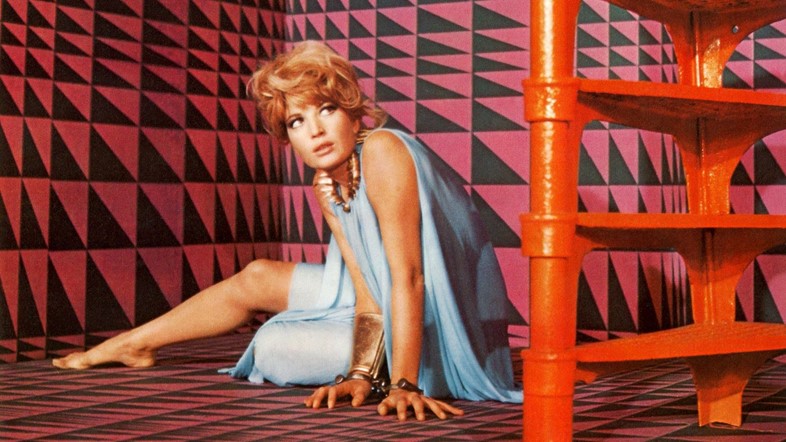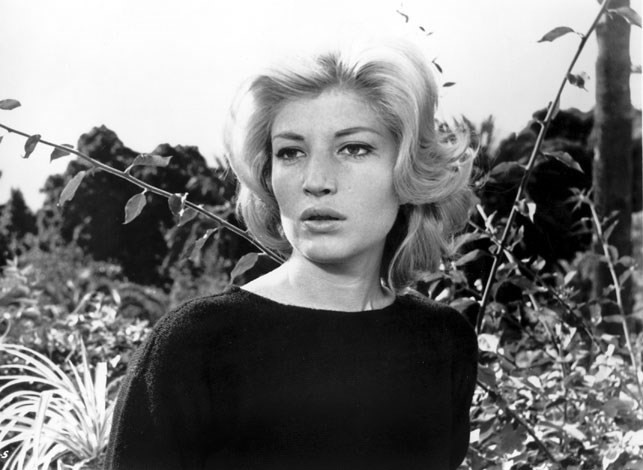In the wake of the recent passing of legendary Italian actress Monica Vitti, we survey five films from the actress’s icy, sensual oeuvre
Born in 1931 in Rome, Monica Vitti started out as a stage actress until she had her breakthrough with the 1960 film L’Avventura, which made her an instant star. Her legacy and success is entwined with that of the director Michelangelo Antonioni, who was also her lover during the 1960s.
Over the course of the next four years, the pair determined a new aesthetic for post-war Italy. Not only did their films (L’Avventura, La Notte, L’Eclisse and Il deserto rosso) introduce a new narrative style, but they also established a newfound sense of elegance. Vitti’s kitten heels and casual blouse-skirt combos showcased a modern femininity, while greatly influencing the Italian fashion industry.
Vitti’s appearance in L’Avventura was a revelation. She emerged like Botticelli’s Venus as the new female lead of Italian cinema; not one to worry about status or money, she instead carried herself with the nonchalant grace of a quietly emancipated woman, unafraid to show her contempt or to reclaim her freedom.
Below, we’ve spotlighted five films that encapsulate the late actress’s on-screen artistry.
L’Avventura, 1960
Claudia (Vitti) embarks on a boat trip to an Aeolian Island with a distinguished group of friends. When Anna suddenly disappears, she joins her fiancé in a long-winded search through the country, which quickly turns into a journey of self-discovery. As Claudia struggles between the agony of not knowing what has happened to her best friend, she simultaneously falls for her fiancé, thus finding herself perpetually on the edge of happiness and despair. This notion of emptiness and disappearance becomes a leitmotif in Antonioni’s “trilogy of alienation”.

La Notte, 1961
Established author Giovanni and his wife Lidia (Mastroianni and Moreau) visit their dying friend in hospital. Later that same day, they attend an event honouring Giovanni's new novel and finish their night at a tycoon’s mansion where Giovanni flirts heavily with the daughter of the house, Valentina (Vitti), all the while Lidia undergoes a downward spiral of sadness. Vitti’s character, dressed in Valentino, is that of an idealistic, young, wealthy libertine who busies herself with games. Her playful, existentialist excursions are quickly recorded and erased with her tape recorder.
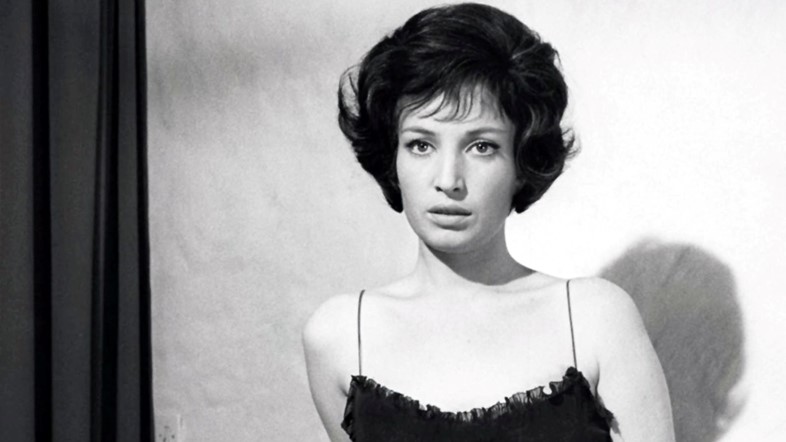
L’Eclisse, 1962
After meeting stock market trader Piero (Alain Delon), Vittoria breaks off her current love affair to be with him. She oscillates between apathy and bewilderment; her lack of emotional closeness leads to an astonishing conclusion. L’Eclisse marks the end of Antonioni’s “trilogy of alienation”. Vittoria is observant, perceptive and highly reactive to her surroundings. Her underlying angst in this film is later picked up again in the following film, Il deserto rosso.
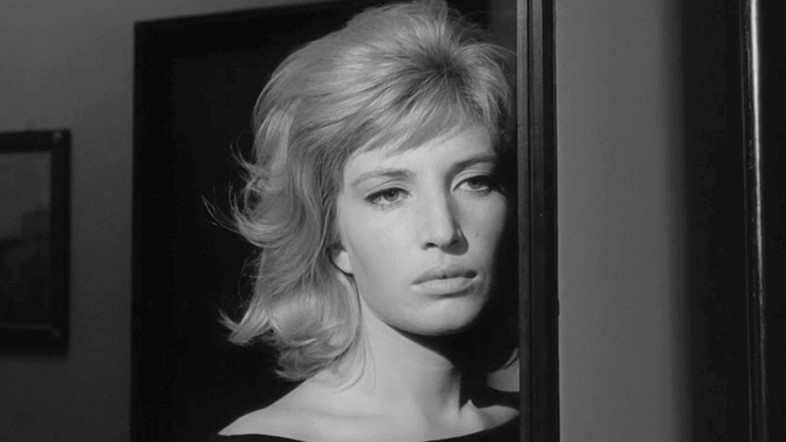
Il deserto rosso, 1964
Set in an over-industrialised world of toxic dust, Giuliana is succumbing to her anxieties. While her husband seems indifferent to her anguish, his colleague Corrado (Richard Harris) shows an interest in her. They begin an affair, which only adds to her isolation. “There’s something terrible about reality and I don’t know what it is,” she says. Il deserto rosso is often referred to as Vitti’s most evocative performance; Giuliana’s turmoil seems to be the only thing alive in the film’s artificial desert.
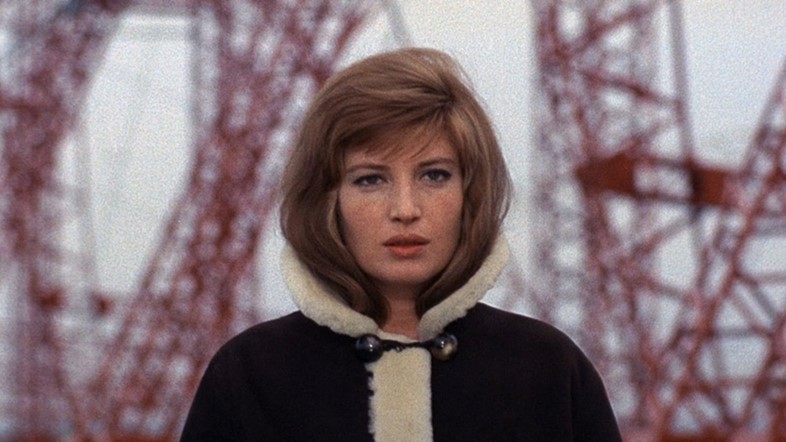
Modesty Blaise, 1966
In a futuristic swinging 1960s world that appears to be drowning in Bridget Riley prints, Vitti plays a secret agent on a mission to infiltrate a ring of thieves. When she realises that crime boss Gabriel (Dirk Bogarde) is on to her, she forms an ally with her old partner Willie (Terence Stamp) to outsmart her enemies. A bizarre mix of Barbarella and Austin Powers, Modesty Blaise was critiqued for prioritising style over substance, yet it has garnered a cult following for its vibrant set design. Where Vitti was mysterious and inaccessible before, in Modesty Blaise she transformed into a sexy agent à la Cool Britannia.
